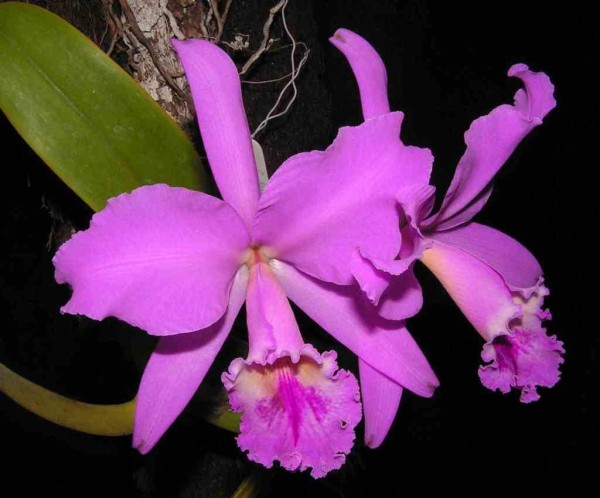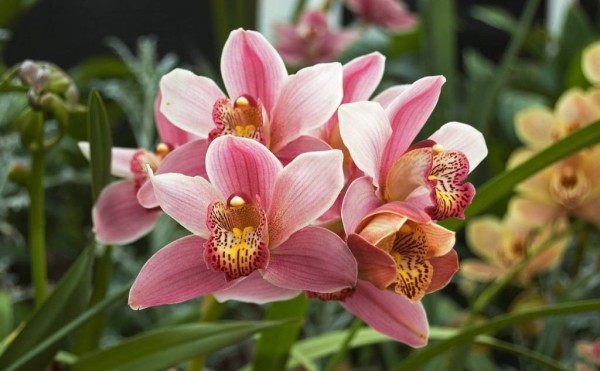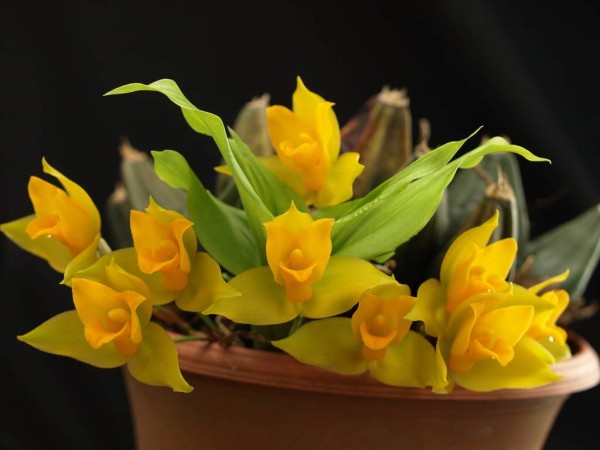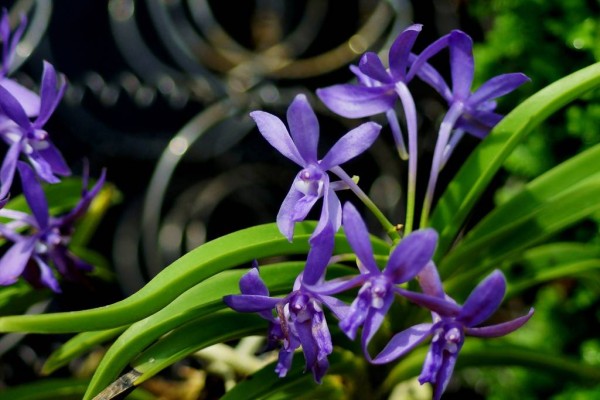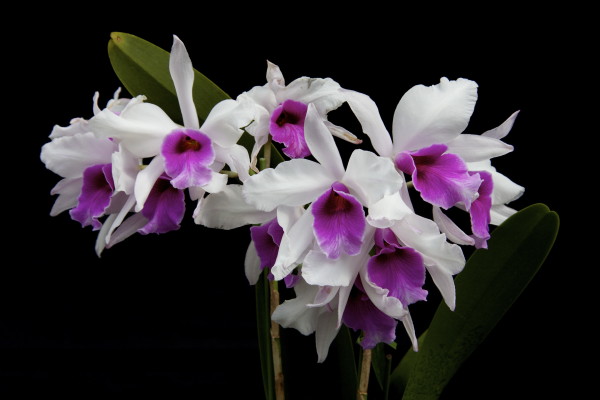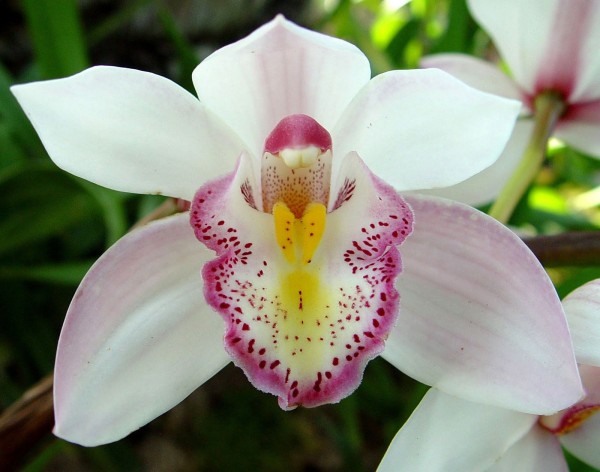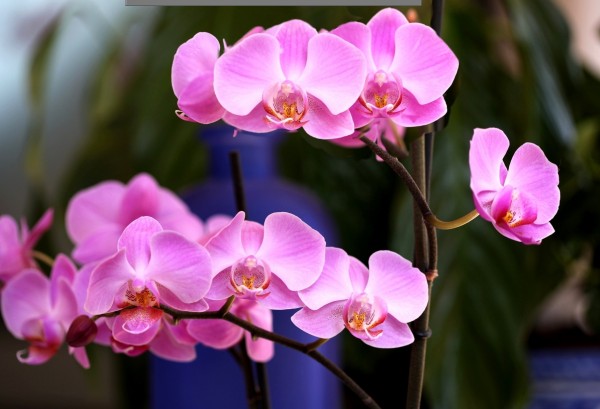Orchid: planting and care
Orchids, unfortunately, do not grow naturally in our latitudes, they are tropical inhabitants. Most varieties of this plant are epiphytes. They receive nutrients for their growth with the help of air roots, extracting them from the bark of trees, which they cling to during growth. Growing an orchid at home requires adherence to certain rules.
Content
Planting an orchid
It is best to choose a transparent plastic container for your orchid. This will give the roots of the plant a sufficient amount of light. Since the roots of the orchid grow in breadth rather than in depth, then choose wide and shallow containers. For good air flow, the bottom of the pot should be provided with holes. In a plastic container, you can make holes on the sides. For an orchid, it is very important that the soil dries out evenly throughout the entire volume, since excess dampness will lead to infection with fungus and infections.
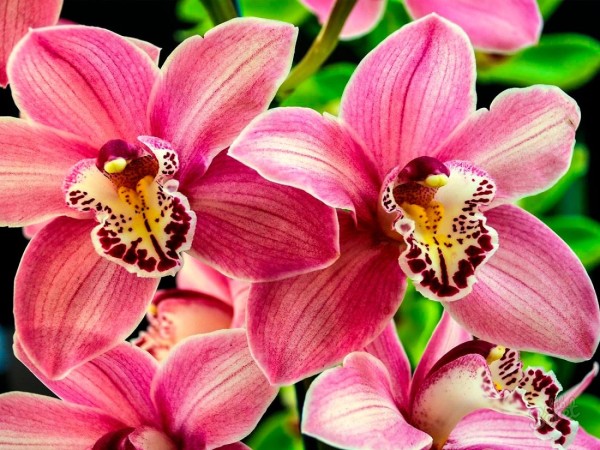 Priming for planting an orchid, it is necessary to acquire a special one, as close as possible to the one on which the plant lives in natural nature. Don't forget to put a drainage layer in the container. Its volume should be at least one third of the total volume.
Priming for planting an orchid, it is necessary to acquire a special one, as close as possible to the one on which the plant lives in natural nature. Don't forget to put a drainage layer in the container. Its volume should be at least one third of the total volume.
Inspect the plant carefully before planting. Trim off any damaged roots by dusting the cut with charcoal or cinnamon powder. Put some soil on the drainage layer, then carefully distribute the roots of the plant and gradually add more soil, filling the space between the roots. Lay a layer of moss on top. After planting, the plant does not need to be watered for 2 weeks.
Orchid varieties
There are a huge number of orchids. They all have a different shape and coloration... The most popular are the following:
- Cattleya lipped is the largest representative of orchids, but there are also small Cattleya. The Cattleya flower is distinguished by beautiful petals and a rich color range from beige to pinkish.
- Cymbidium orchids are especially resistant to stress. These unpretentious plants form on one peduncle up to 13 flowers of the most incredible color - from white to purple or orange. This orchid blooms for up to 10 weeks.
- The golden scented lycast is distinguished by its striking lemon-colored flowers and a long-lasting aroma. The flowers of this plant often exceed 15 cm in diameter.
- Darwin's orchid is distinguished by its small size. These small flowers have graceful inflorescences of small purple flowers.
Home orchid
It is important for delicate orchids to create comfortable living conditions. Almost all orchids prefer direct sunlight. Therefore, you cannot go wrong by choosing the most illuminated section of the apartment for them. In this case, the illumination of the plant should be at least 12 hours a day. Therefore, in winter, additionally illuminate the orchid with artificial light.
 Be sure to spray and water pet. Use only warm water. These plants need humid air, so place your orchid pots on trays of expanded clay filled with water. Fertilize and take plants out onto the balcony during the summer months.
Be sure to spray and water pet. Use only warm water. These plants need humid air, so place your orchid pots on trays of expanded clay filled with water. Fertilize and take plants out onto the balcony during the summer months.
Orchid care
When watering your orchid, make sure that the roots do not end up in the water. Excess water should drain onto the sump. Water the plant next time when the soil is completely dry. The dry walls of the pot without condensation will tell you about the need for the next watering. Do not water from above, as the rosette will rot and the flower will die. Better to water the flower in a tray, rather than pour out the absorbed water.
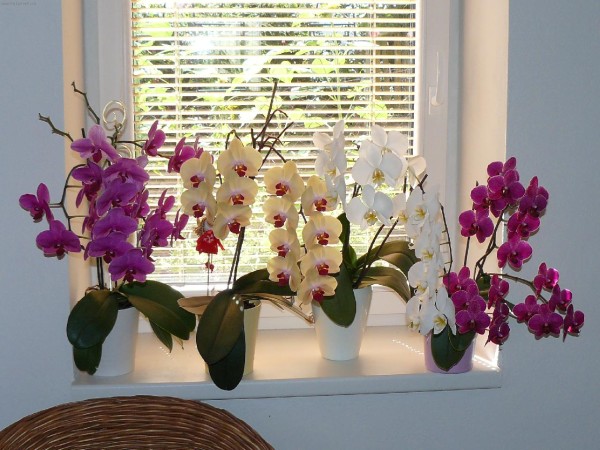 In order for the plant to begin to bloom, it is necessary to create stressful conditions for it. To do this, reduce watering and move the plant to a room with a lower temperature. After a while, return the orchid to its previous conditions. After the beginning of the flowering period, alternate watering with top dressing plants with special fertilizers.
In order for the plant to begin to bloom, it is necessary to create stressful conditions for it. To do this, reduce watering and move the plant to a room with a lower temperature. After a while, return the orchid to its previous conditions. After the beginning of the flowering period, alternate watering with top dressing plants with special fertilizers.
Orchid transplant
It is recommended to transplant home orchids once every few years. The ideal time for this manipulation is spring. First, remove the plant from the old container. Be careful not to damage the fragile root system. Remove soil residues under running water. Then place the plant in heated filtered water for a few hours to kill any possible parasites.
Then remove dry and damaged roots by charcoal. Also remove any dried or yellowed leaves. Then dry the roots well and only then transplant the plant into a new container.
Reproduction of orchids
An ordinary grower can use several methods to propagate this plant. The choice of a specific method is determined by the type of orchid. For example, monopodial orchids are usually propagated by cuttings. These orchids include common phalaenopsis.
With a sharp knife, cut off the lateral shoot of the plant no longer than 15 cm. Sprinkle the cut area with activated carbon powder and plant in a pot so that it takes root. After a month, the plant forms new shoots.
For fast-growing varieties, peduncle propagation can be used. When the orchid has faded, cut off the flower stalk near the base and cut it into 4 cm pieces. Remember to leave one bud on each piece. After disinfecting the cuttings, place them on moistened moss and place them in a warm place. After a while, the cuttings will root successfully.

